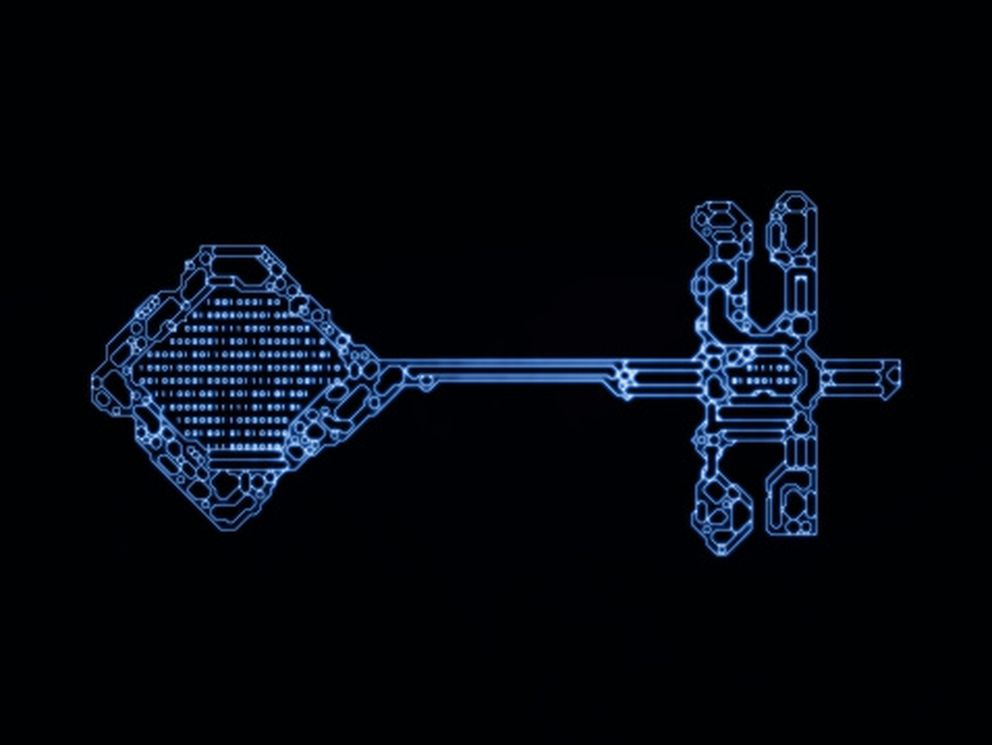In cybersecurity, there's a recurring question that never seems to lose its relevance: Is there a silver bullet for threat detection?
This question is often fueled by the hype generated by new cybersecurity vendors, each claiming to have the ultimate solution for identifying and thwarting threats. From traditional signatures to cutting-edge generative AI, a myriad of tools and techniques have been touted as the answer to this question.
Let's delve deeper into this issue and get to the reality behind the quest for a one-size-fits-all solution.
The Complexity of Threat Detection
Threat detection is a complicated puzzle with many interlocking pieces. It involves safeguarding a network with assets of varying degrees of vulnerability, often with systems that may not be patched up to the latest standards. Meanwhile, users perform a wide range of activities, some conventional and others, not so much. The modern landscape is further complicated by the growing number of remote workers. These factors create a dynamic environment where attackers continuously probe for weaknesses using diverse tactics.
The primary mission? Detect these threats. But can there be a single technique that works universally? The short answer is no. Threats come in various shapes and sizes, making it impossible to rely on a singular method for protection.
The Known Knowns
The first category of threats is the "known knowns." These are threats that are well-documented and for which signatures can be defined. Detecting and responding to them is relatively straightforward. For instance, if you witness the execution of a known malicious hash that your antivirus system has allowed, you can promptly intervene. The same applies when an executable connects to a known malicious IP address or if a PowerShell script is employing suspicious base64 encoding. These threats can be detected using signature-based methods.
The Known Unknowns
The "known unknowns" present a different challenge. These threats are recognizable when observed but are challenging to define signatures for, as they come in various forms. Detecting these threats requires monitoring the behavior of users, processes, and devices for anything that appears out of the ordinary. An example could be a user from the shipping department logging into a SQL Server, a behavior that had never been witnessed. This calls for adaptive baselines and user entity and behavior analytics (UEBA) to recognize deviations in behavior that may indicate a threat.
The Unknown Unknowns
The most formidable category is the 'unknown unknowns.' These are threats that are not well-documented and are hard to recognize. Detecting these threats calls for human expertise. A trained human expert must consider multiple inputs, including signatures, abnormal behaviors, matches to known behavior, and knowledge of the current threat landscape.
This comprehensive approach, guided by intuition and knowledge of the network, is crucial for dealing with these enigmatic threats. It is, in fact, the most challenging problem to solve in cybersecurity.
No Silver Bullet, But a Silver Lining
In the quest for a silver bullet for threat detection, the reality is that there isn't one. Threat detection requires a combination of tools and expertise. Signatures, UEBA, machine learning, and even generative AI all play a role in enhancing security. However, human expertise remains an indispensable element of threat detection.
Generative AI, for instance, is a promising tool, but it should act as a co-pilot to human experts, not a replacement. This is because not everything can be known in advance, and the human intuition factor is essential in understanding the adversaries who are, after all, humans too.
If you're an MSP looking to strengthen your cybersecurity offerings and stay at the forefront of threat detection, check out Netsurion’s Open XDR platform monitored by our 24/7 SOC and Npower Partner Program. Netsurion recognizes that threats come in various forms and sizes. By acknowledging the need for a multifaceted approach, MSPs can better tailor their services to the specific threat landscapes their clients face, providing adaptable and effective solutions.
Read more Netsurion guest blogs and news here. Regularly contributed guest blogs are part of MSSP Alert’s sponsorship program.




